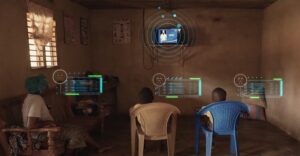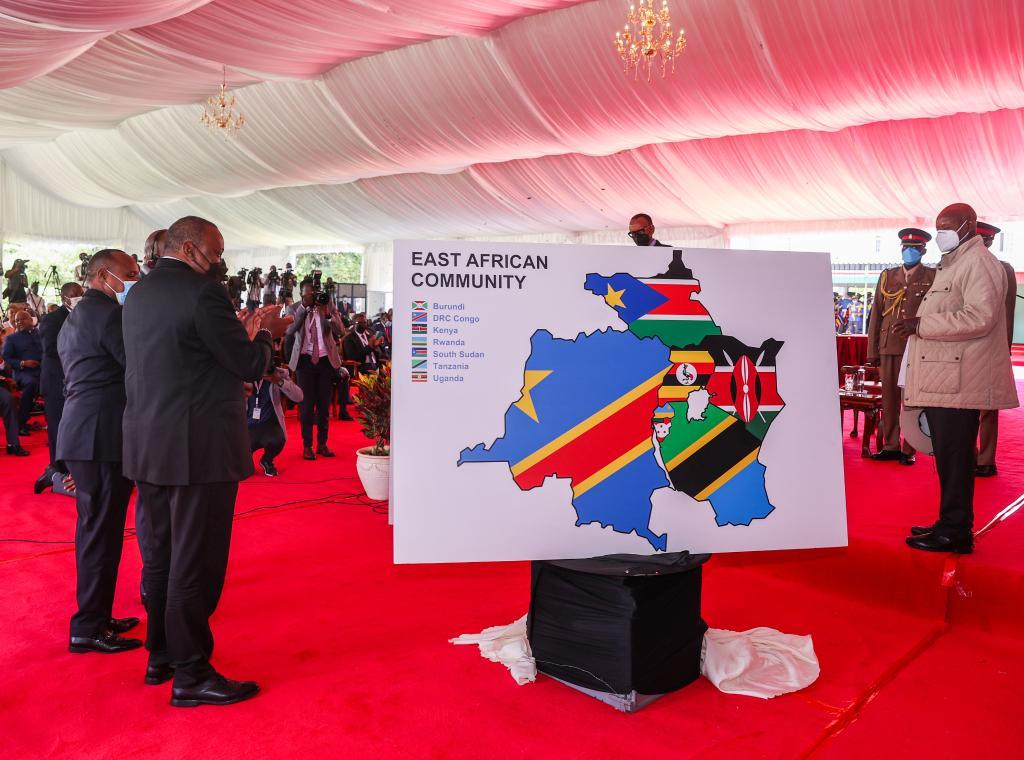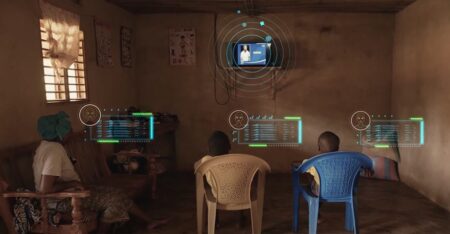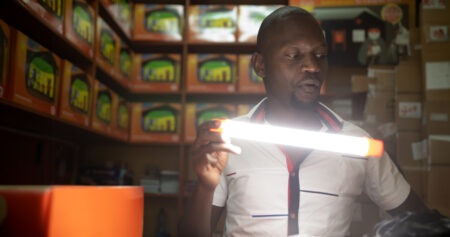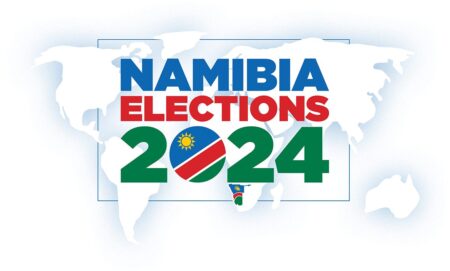DRC President Felix Tshisekedi has made his second visit to Tanzania, where he signed bilateral deals for regional infrastructure works to increase connectivity and improve the ease of doing business.
DRC President Tshisekedi and Tanzania’s President Samia Suluhu have met on several occasions and, among other things, agreed to revive a joint commission on bilateral cooperation to boost trade between the two states.
This was the latest visit by DRC President Tshisekedi to Tanzania, and it culminated in the two Heads of State inking a memorandum of understanding for cooperation in promoting DRC-Tanzania’s development of Information and Communications Technology (ICT).
When we say DRC-Tanzania signed a deal to promote ICT, we mean that an agreement was signed for major regional infrastructure works to be conducted on miles upon miles between Tanzania in the East and DRC in Central Africa.
Tanzania has agreed to extend Tanzania’s National ICT Backbone Infrastructure (NICTBB) to the DRC through Lake Tanganyika. The infrastructure works will entail digging miles of tunnel to lay the needed fibre optic cables for ICT.
All along the length of this tunnel, work will mushroom various complimentary and supplementary projects leading to the growth of trade and socio-economic development of both countries and furthering DRC-Tanzania relations.
Also Read: 2021 African Union: What to expect as the baton passes to the next chair
- DRC’s President Tshisekedi has made his second state visit to Tanzania
- Tanzania to extend fibre optic cable to DRC through Lake Tanganyika
- DRC Inga dam will foster national development across EAC and beyond
Previous MoUs included partnerships in the construction of road infrastructure through the central corridor to better connect the two countries.
Other than road works, DRC-Tanzania are also working on rail connectivity under the mega multimillion-dollar Standard Gauge Railway (SGR) project.
Then there is the Kibirizi port on Lake Tanganyika that connects the two countries via the world’s second-largest and second-deepest freshwater lake.
These joint infrastructure projects aim to improve trade, investment, and social cooperation between the countries and the entire East African Community which the DRC is the latest member.
The two leaders also formed a committee made up of ministers from either side tasked with finding areas of cooperation, and there are already more than 50 recommendations tabled thus far.
DRC-Tanzania multimillion-dollar investment options
DRC is the latest member of the East Africa Community (EAC), a trading bloc of seven countries that span from central Africa to the East African Coast on the Indian Ocean.
By joining the EAC, the DRC became entitled to the trading and socio-relations perks that come with the membership including free movement of goods and persons within the bloc.
The DRC is also the largest country in the EAC both by population and by land mass, in other words, the DRC offers the largest market in the EAC. With regional infrastructure works improving connectivity, already, 38 per cent of cargo that comes through the Tanzanian port of Dar es Salaam is en route to the DRC.
Tanzanian traders are also taking advantage of the enormous market of 100 million people that the DRC offers. Major DRC trade cities like Lubumbashi have seen an influx of Tanzanian businesses opening shops.
Mega financiers like Tanzania’s CRDB Bank, the largest bank (asset-wise) in Tanzania, have opened subsidiaries in Lubumbashi and the Tanzania Ports Authority (TPA) has opened a facilitation centre.
Likewise, the Tanzania Chamber of Commerce, Industry and Agriculture (TCCIA) recently sent a trade and investment mission to Lubumbashi, the second largest city in the DRC, where they performed site visits and business meetings seeking to identify key areas of investments and trade.
The mission, made up of a delegation of 50 members from Tanzania’s business community, held a trade and investment forum along with several business-to-business (B2B) meetings. Key areas of investment interest in the DRC include agriculture, mining, commercial timber farming, general trade finance, construction and building materials, and real estate.
It should also be noted that Tanzania and the DRC are the only two EAC members that also belong to the Southern African Development Community (Sadc), which is made up of 16 members of sub-Sahara African countries. This means that the two countries enjoy even larger trading perks and have more trade to share at much more affordable rates hence the need for regional infrastructure works.
The Tanzania Cigarette Company (TCC), Tanzania’s main tobacco producer, has also expanded its market to the Democratic Republic of Congo (DRC). Already, the DRC is TCC’s largest export destination.
From its DRC tobacco exports in 2019 alone, TCC saw its gross profit earnings grow by 56 percent, more than double compared to the previous year.
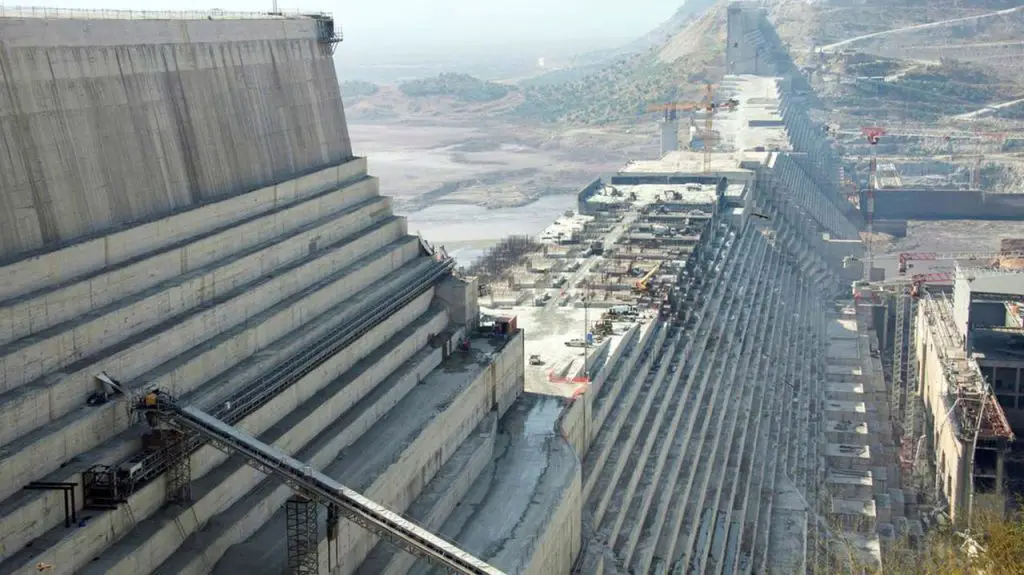
DRC-Grand Inga dam: Powering Africa’s industrial revolution
As part of improving regional infrastructure works, DRC President Tshisekedi is looking to improve its power output through its Grand Inga Dam project but has been facing resistance, especially from the West.
DRC plans to build the Grand Inga Dam, which, when complete, would be the world’s largest hydropower project. With the capacity of producing 88,000 plus Mega Watts, Grand Inga Dam would make DRC “the heart of the world’s clean energy production system.”
The Grand Inga Dam is expected to rival the power supply of major world economies like Spain; in fact, the dam’s power output would surpass the power output of all of south of Europe combined.
In fact, to get a clearer picture of the project’s size, consider that the Grand Inga Dam will have the capacity to produce over twice the power generation capacity of China’s Three Gorges and more than a third of the total electricity currently being produced across Africa.
The Grand Inga Dam on the Congo River is expected to be a catalyst to development across Africa and even parts of Europe so why the resistance?
Experts point out that Europe’s resistance to this dam is not about the power supply but the result of DRC and its neighbours having access to this amount of energy. Pundits say the dam would provide enough energy for Africa’s industrial revolution allowing the continent to mechanize agriculture and even begin the production of machinery affordably.
The project will support the union of Africa and power free trade pacts continent-wide like the much sought-after Tripartite Free Trade Area the already ratified African Continental Free Trade Area (AfCFTA), all of which allow for intra-African trade.
At the end of the day, the DRC is now part of the EAC, and that means power output at the Grand Inga Dam will improve regional productivity altogether.
